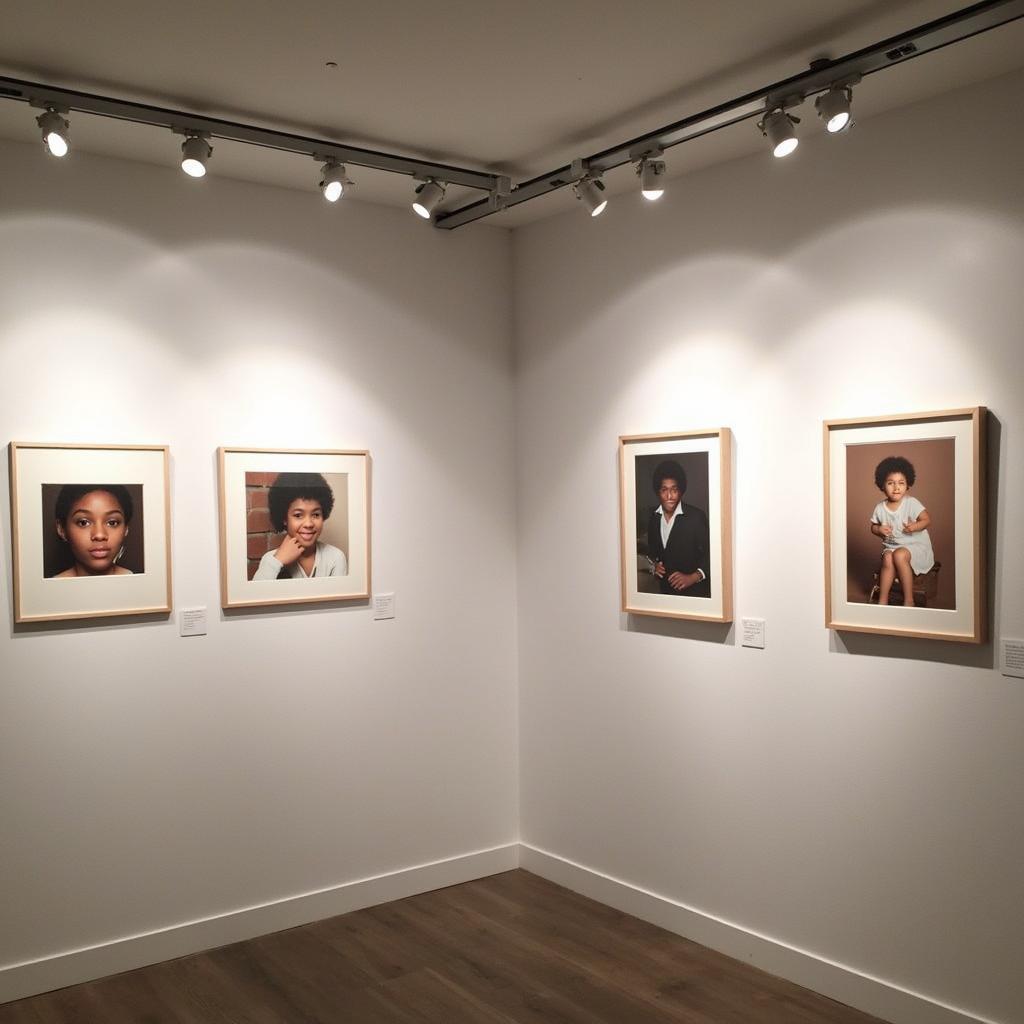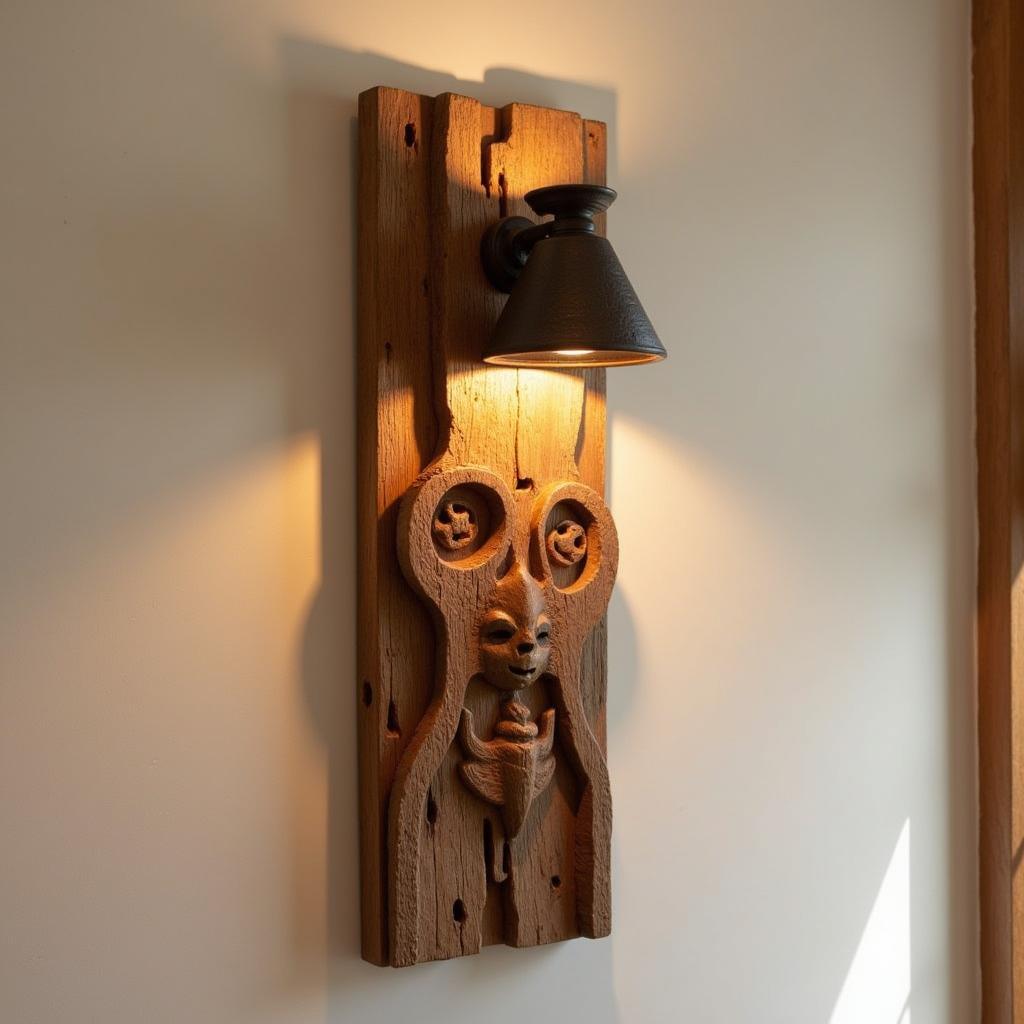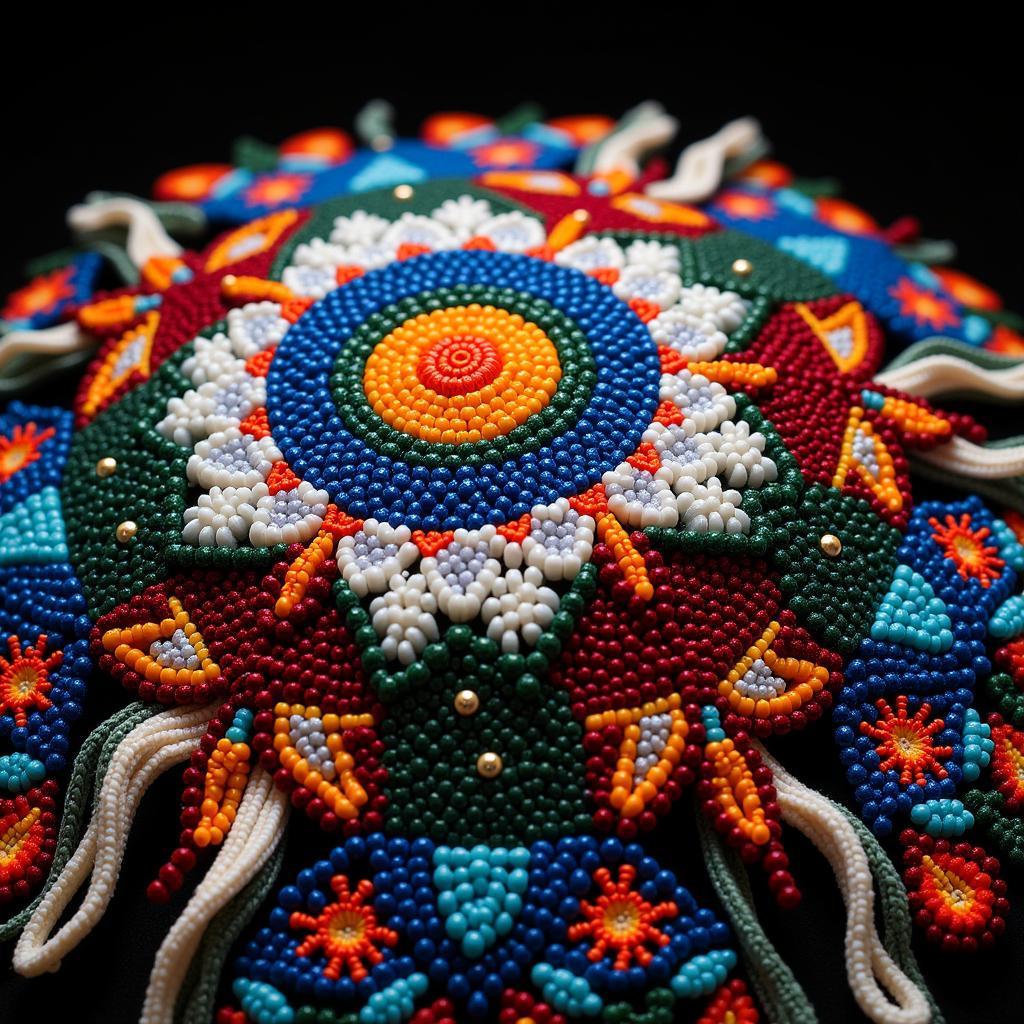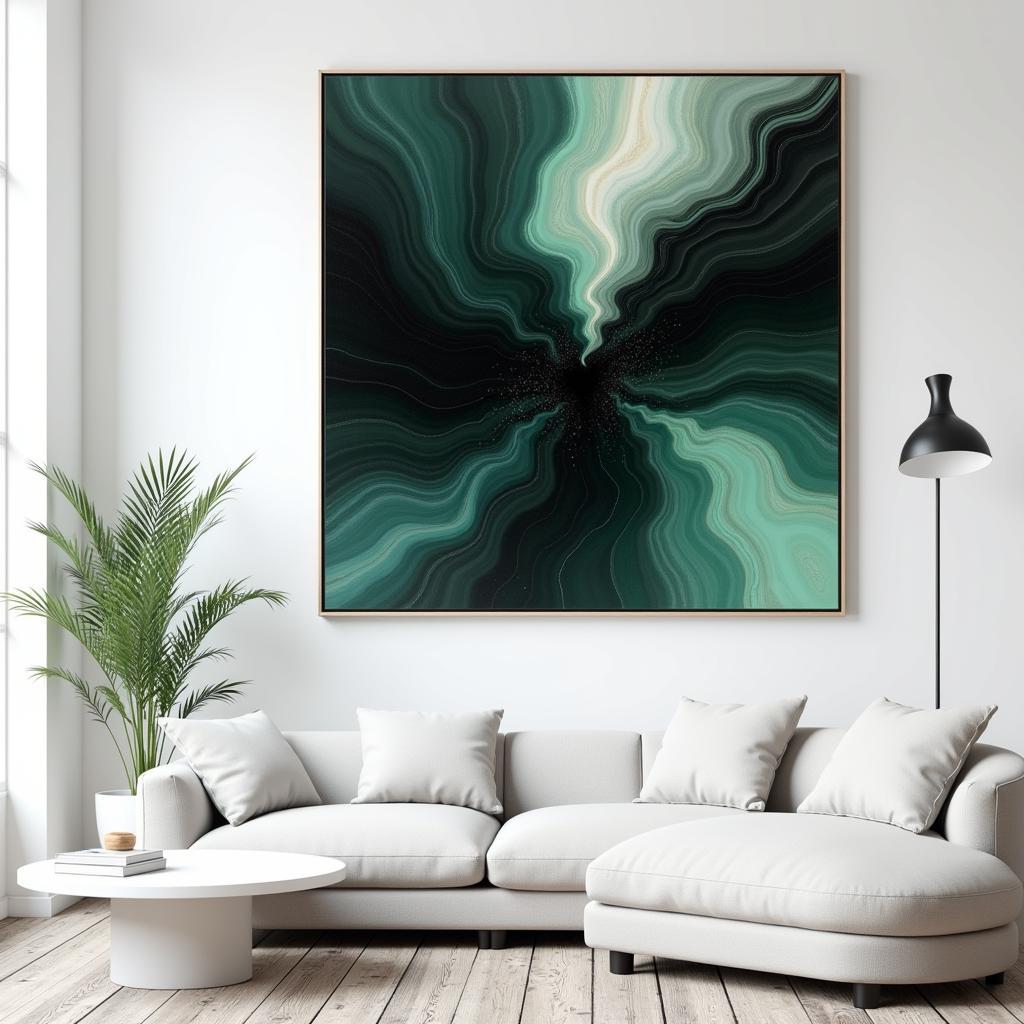Illuminating Your Art: A Guide to Wall Art Lighting Fixtures
Choosing the right Wall Art Lighting Fixtures can make a world of difference in how your artwork is perceived and appreciated. Whether you’re showcasing a prized painting in your living room or highlighting a gallery wall in your shed art studio, strategic lighting can enhance colors, textures, and the overall ambiance of your space.
Factors to Consider When Choosing Wall Art Lighting Fixtures
Before diving into the specifics of different lighting options, let’s explore the key factors that influence your choice:
- Art Style and Medium: The type of artwork you’re illuminating plays a crucial role. A delicate watercolor might require softer lighting than a bold, textured oil painting.
- Room Size and Ceiling Height: Consider the scale of your space. A large room with high ceilings might benefit from more powerful fixtures, while a smaller room requires a subtler approach.
- Wall Color and Texture: Light bounces off different surfaces in unique ways. Dark walls absorb more light, necessitating brighter fixtures, while lighter walls reflect light, allowing for more flexibility.
- Desired Ambiance: Are you aiming for a dramatic, focused effect or a softer, more diffused illumination? Your lighting choices can dramatically impact the overall mood of your space.
 Modern Gallery Wall with Track Lighting
Modern Gallery Wall with Track Lighting
Types of Wall Art Lighting Fixtures
From classic picture lights to modern track systems, a myriad of options await. Let’s shed light on the most popular choices:
1. Picture Lights
Picture lights are a timeless choice, specifically designed to illuminate artwork. These fixtures typically mount directly above the artwork, casting a focused beam of light evenly across the surface.
Pros:
- Targeted Illumination: Minimize glare and shadows, ensuring the artwork is the focal point.
- Classic Elegance: Add a touch of sophistication to traditional and contemporary interiors alike.
- Space-Saving Design: Ideal for smaller spaces or when ceiling fixtures aren’t an option.
Cons:
- Limited Coverage: Best suited for individual pieces rather than large installations.
- Wiring May Be Required: Installation might involve some electrical work.
 Art Deco Wall Sconces Highlighting a Painting
Art Deco Wall Sconces Highlighting a Painting
2. Track Lighting
Track lighting systems offer versatility and customization, making them an excellent choice for illuminating multiple artworks or creating a art gallery light effect.
Pros:
- Adjustable Illumination: Direct light precisely where needed by rotating and tilting individual track heads.
- Scalability: Easily add or reposition track heads to accommodate new additions to your collection.
- Modern Aesthetic: Complement contemporary and industrial-style interiors.
Cons:
- Can Feel Utilitarian: Choose a design that complements your décor to avoid a solely functional look.
3. Wall Sconces
Wall sconces offer a decorative and functional lighting solution, adding a touch of elegance while subtly highlighting your artwork.
Pros:
- Ambient Glow: Provide a soft, diffused light that complements artwork without overwhelming it.
- Design Versatility: From 1930s art deco wall sconces to minimalist modern fixtures, countless styles are available.
- Layered Lighting: Can be combined with other lighting sources for a more dynamic effect.
Cons:
- Less Focused Illumination: Not ideal if you need a highly targeted light source for your artwork.
 Arts and Crafts Style Sconce Illuminating a Sculpture
Arts and Crafts Style Sconce Illuminating a Sculpture
4. Recessed Lighting
While not specifically designed for artwork, recessed lighting can be a valuable tool for creating a general wash of light that enhances your entire space, including your wall decor.
Pros:
- Clean and Minimalist: Maintain a streamlined ceiling appearance.
- Even Illumination: Distribute light evenly across a larger area.
Cons:
- Limited Directionality: Can be difficult to adjust the direction of the light beam.
- Installation Requirements: Professional installation is typically necessary.
Tips for Effective Wall Art Lighting
- Consider the Color Temperature: Warm white (2700-3000K) is generally flattering for most artwork, while cooler white (3500-4100K) can work well for contemporary pieces.
- Mind the Distance: As a general rule of thumb, position your lighting fixture so that the center of the light beam hits the center of your artwork.
- Utilize Dimmers: Dimmers allow you to control the intensity of your lighting, creating different moods and minimizing potential light damage to sensitive artworks.
- Consult a Professional: If you’re unsure about the best lighting solution for your needs, consulting a lighting designer or electrician can be invaluable.
Conclusion
Choosing the right wall art lighting fixtures is an investment in the beauty and longevity of your cherished pieces. By understanding the different types of fixtures available, considering the specific needs of your artwork and space, and following these expert tips, you can illuminate your art in a way that sparks joy and admiration for years to come.
FAQs
What is the best lighting for artwork?
The best lighting for artwork is generally warm white LED with a CRI of 90 or higher. This type of lighting provides a natural-looking illumination that accurately renders colors and doesn’t damage delicate artwork.
How do museums light their artwork?
Museums utilize a combination of lighting techniques, including track lighting, accent lighting, and natural light, to illuminate their artwork effectively and safely. They carefully control the intensity, direction, and color temperature of the light to prevent damage and enhance the viewing experience.
Can you use regular light bulbs for artwork?
While you can technically use regular incandescent light bulbs for artwork, it’s not recommended. Incandescent bulbs emit a significant amount of heat, which can damage artwork over time. They also produce a yellowish light that can distort the colors of your artwork.
How do you light a gallery wall?
Track lighting is an excellent option for illuminating a gallery wall, as it allows you to direct light to each piece individually. You can also use a combination of picture lights, wall sconces, and recessed lighting to create a layered and visually appealing effect.
Need help choosing the perfect lighting for your art? Contact us at Phone Number: 02462573573, Email: danteum@gmail.com or visit us at Savico Megamall, 7-9 Đ. Nguyễn Văn Linh, Gia Thụy, Long Biên, Hà Nội 10000, Việt Nam. Our team is available 24/7 to assist you.


